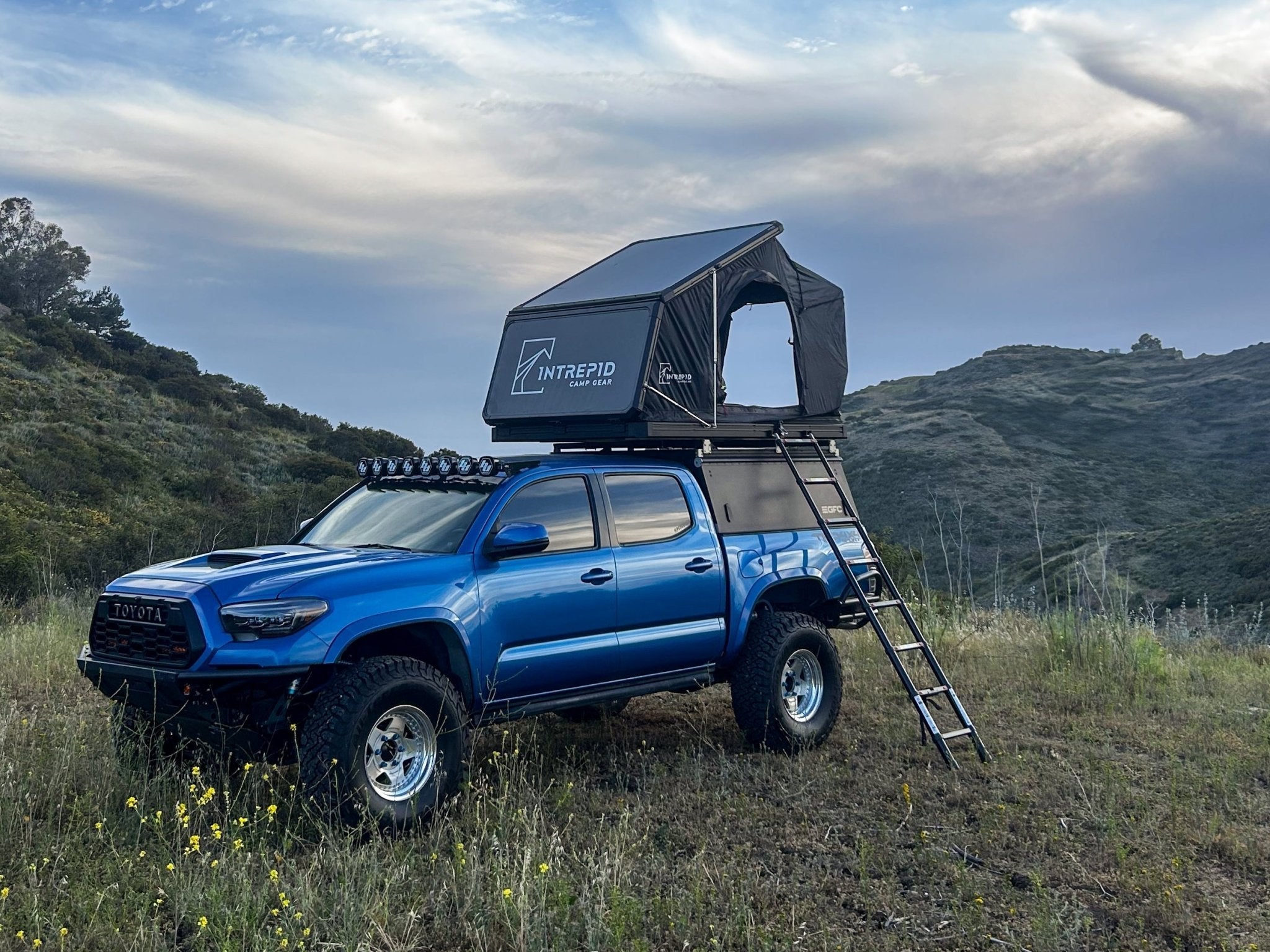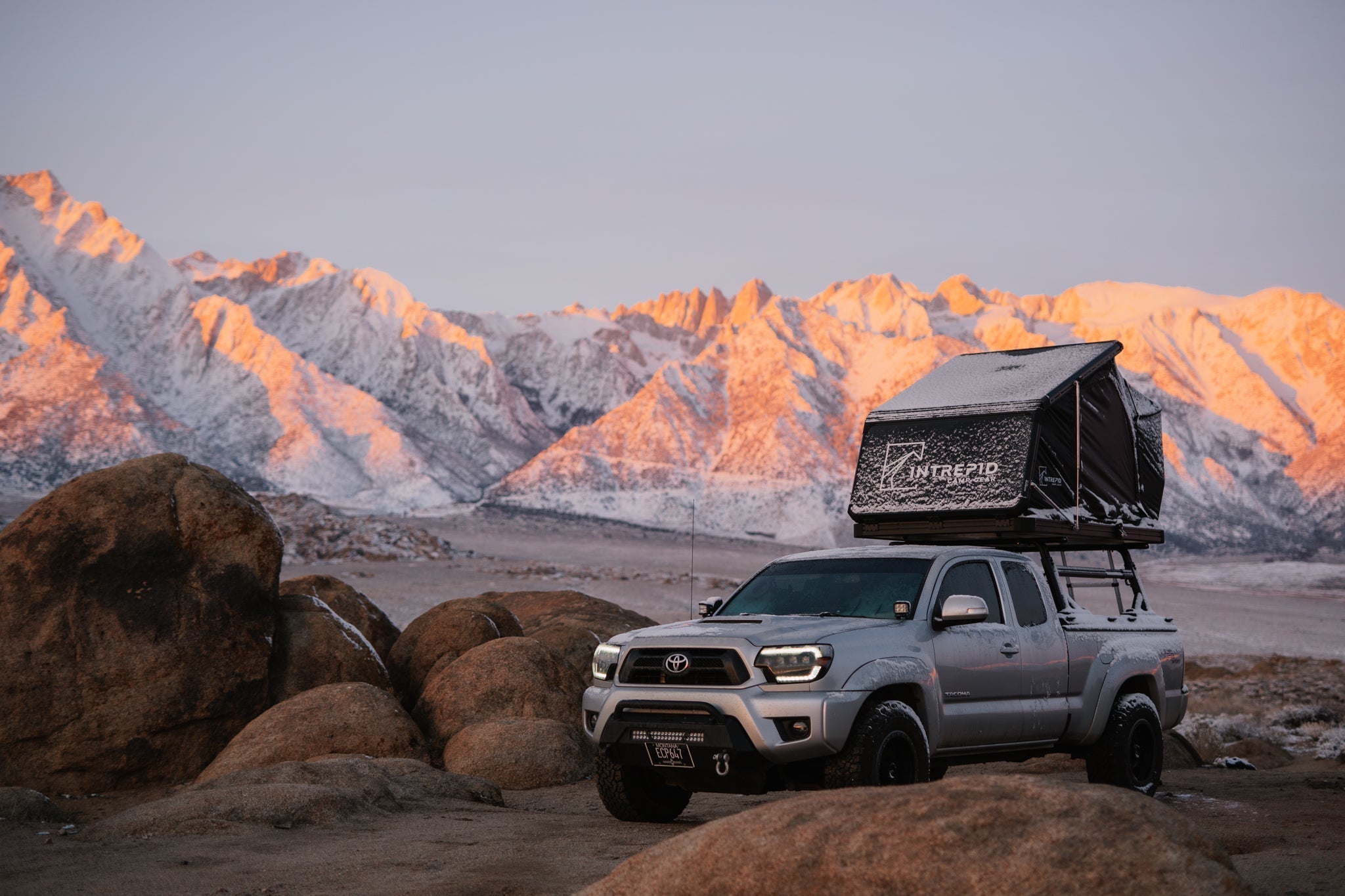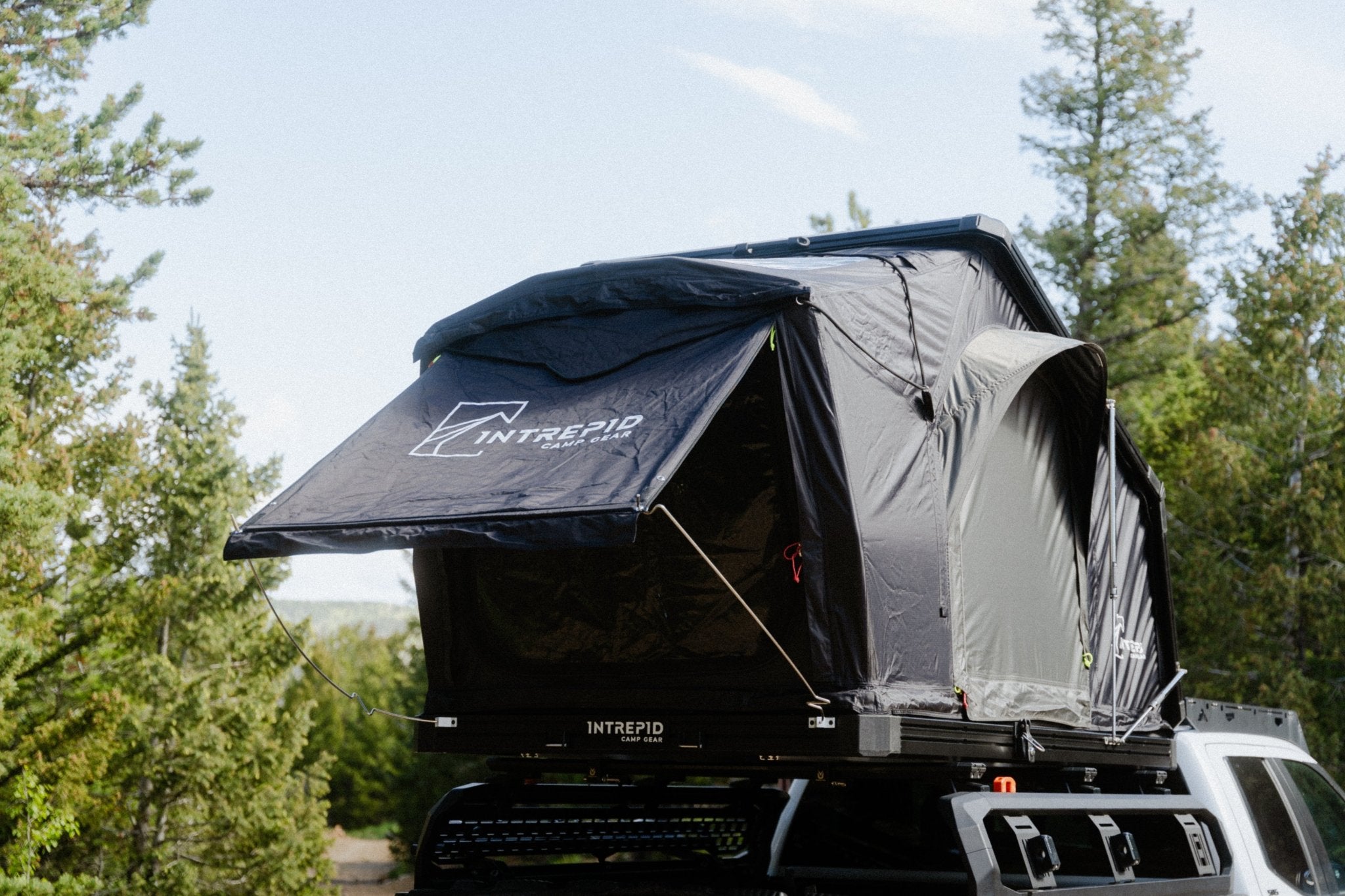How to Build Your Ultimate Overlanding Vehicle
An overlanding vehicle isn't just a mode of transport; it's your key to unlocking those remote adventures, your mobile basecamp for exploring the unknown. Building one from the ground up is a thrilling project that combines mechanical know-how with a passion for exploration.
This guide is your roadmap to transforming a stock vehicle into a capable overlanding machine. We'll walk you through the essential modifications, from foundational upgrades like suspension and tires to the gear that makes life on the road comfortable and self-sufficient. Get ready to build the rig that will take you further than you've ever imagined.
Start with a Solid Foundation
Every great build starts with the right base. The vehicle you choose will dictate the scope of your project and the destinations you can reach. You don't need the newest, most expensive 4x4 on the market, but you do need something reliable and capable.
Choosing Your Overlanding Vehicle
Popular choices for overlanding platforms are celebrated for their durability, off-road prowess, and aftermarket support. Think of vehicles like:
- Toyota: The Tacoma, 4Runner, and Land Cruiser are legendary for their bulletproof reliability.
- Jeep: The Wrangler is a classic for a reason, offering incredible off-road capability straight from the factory.
- Ford: The Bronco and F-Series trucks provide robust platforms with plenty of space for gear.
- Subaru: Models like the Outback and Forester are great for lighter, "soft-roading" adventures.
When selecting your vehicle, consider its payload capacity. This is the total weight it can safely carry, including passengers, gear, and modifications. It's easy to overload a vehicle, which can lead to mechanical failures and unsafe handling. Always choose a platform with a payload that can support your dream setup.

Essential Off-Road Upgrades
Once you have your vehicle, it's time to enhance its ability to tackle rough terrain. These modifications are the core of any overlanding build, ensuring you can get to those breathtaking, off-grid locations and back again.
Suspension
Your factory suspension is designed for paved roads, not for rocky trails or the weight of heavy overlanding gear. Upgrading to an aftermarket suspension system is one of the most important investments you'll make. A good lift kit will:
- Increase Ground Clearance: Allowing you to clear obstacles like rocks and ruts without damaging your vehicle's underbody.
- Improve Handling: A quality suspension designed for heavy loads will provide better control and stability both on and off the road.
- Enhance Durability: Heavy-duty components are built to withstand the constant stress of off-road travel.
Look for a complete system that includes new springs, shock absorbers, and any other necessary components for a 2-3 inch lift. This is typically the sweet spot for improving capability without negatively impacting road manners.
Tires
Tires are your vehicle's only connection to the ground, making them a critical component for off-road performance. All-terrain (A/T) tires are the go-to choice for most overlanders. They offer a perfect balance of aggressive tread for traction on dirt, mud, and rocks, while still providing a quiet and comfortable ride on the highway. When choosing tires, select a size that fits your new suspension lift and a load range that can handle the weight of your fully-loaded rig.
Armor and Recovery
When you're miles from the nearest town, you need to be prepared. Vehicle armor protects vulnerable components, while recovery gear helps you get out of tricky situations.
- Skid Plates: These are steel or aluminum plates that shield your engine, transmission, and fuel tank from rocks and other impacts.
- Rock Sliders: Mounted to the frame along the vehicle's sides, they protect your rocker panels from damage and can be used as a pivot point in tight spots.
- Recovery Points: Ensure your vehicle has strong, frame-mounted points on the front and rear to safely attach a recovery strap or winch line. Factory tie-down points are not safe for this purpose.
- Winch: A winch mounted on an aftermarket bumper is the ultimate self-recovery tool, allowing you to pull yourself or others out of mud, sand, or a steep ditch.

Creating Your Mobile Basecamp
Overlanding is as much about the journey as it is about the destination. The right gear will transform your vehicle into a comfortable and functional home on wheels.
Sleeping System
A good night's sleep is essential for long days of driving and exploring. You have several options for your sleeping setup.
- Rooftop Tents (RTTs): These are incredibly popular for a reason. They get you off the ground, away from critters, and often provide a more comfortable mattress than a traditional ground tent. Hardshell models, like those from Intrepid, offer incredibly fast setup and breakdown times, making them perfect for nightly moves.
- Ground Tents: A simple and cost-effective solution. Modern ground tents are easy to set up and can be positioned away from the vehicle.
- Sleeping Inside the Vehicle: For SUVs and trucks with toppers, building a simple sleeping platform in the back is a stealthy and secure option.
Power and Electrical
To run a fridge, charge devices, and power lights, you'll need a reliable electrical system. A dual-battery setup is the gold standard. It isolates your "house" battery, which powers your accessories, from your vehicle's starter battery. This ensures you can always start your engine, no matter how much power you use at camp. Pair this with a solar panel on your roof to keep your house battery topped off during the day.
Kitchen and Storage
A well-organized kitchen makes camp life a joy. A portable 12V fridge/freezer is a game-changer, eliminating the need for ice and keeping your food fresh for weeks. For storage, a drawer system in the back of your SUV or truck bed is an excellent way to keep gear organized and accessible. This setup keeps everything secure and rattle-free on rough trails.
Your Adventure Awaits
Building an overlanding vehicle is a deeply rewarding process. It's a journey of learning, problem-solving, and creating something that is uniquely yours. Every modification, every piece of gear, is a step closer to turning your dreams of remote exploration into reality. Start with a solid plan, build in phases, and don't be afraid to get your hands dirty. The open road is calling—it's time to build the rig that will take you there.





Share: